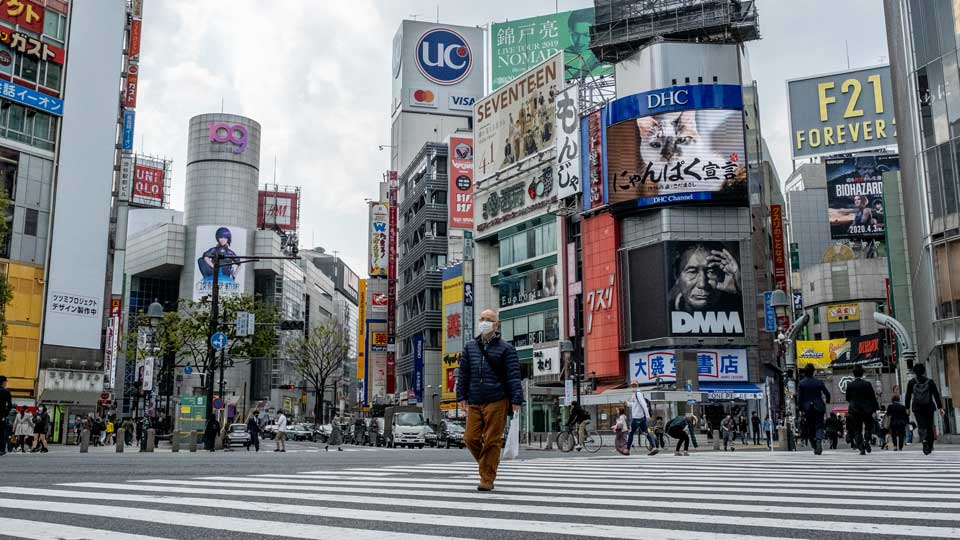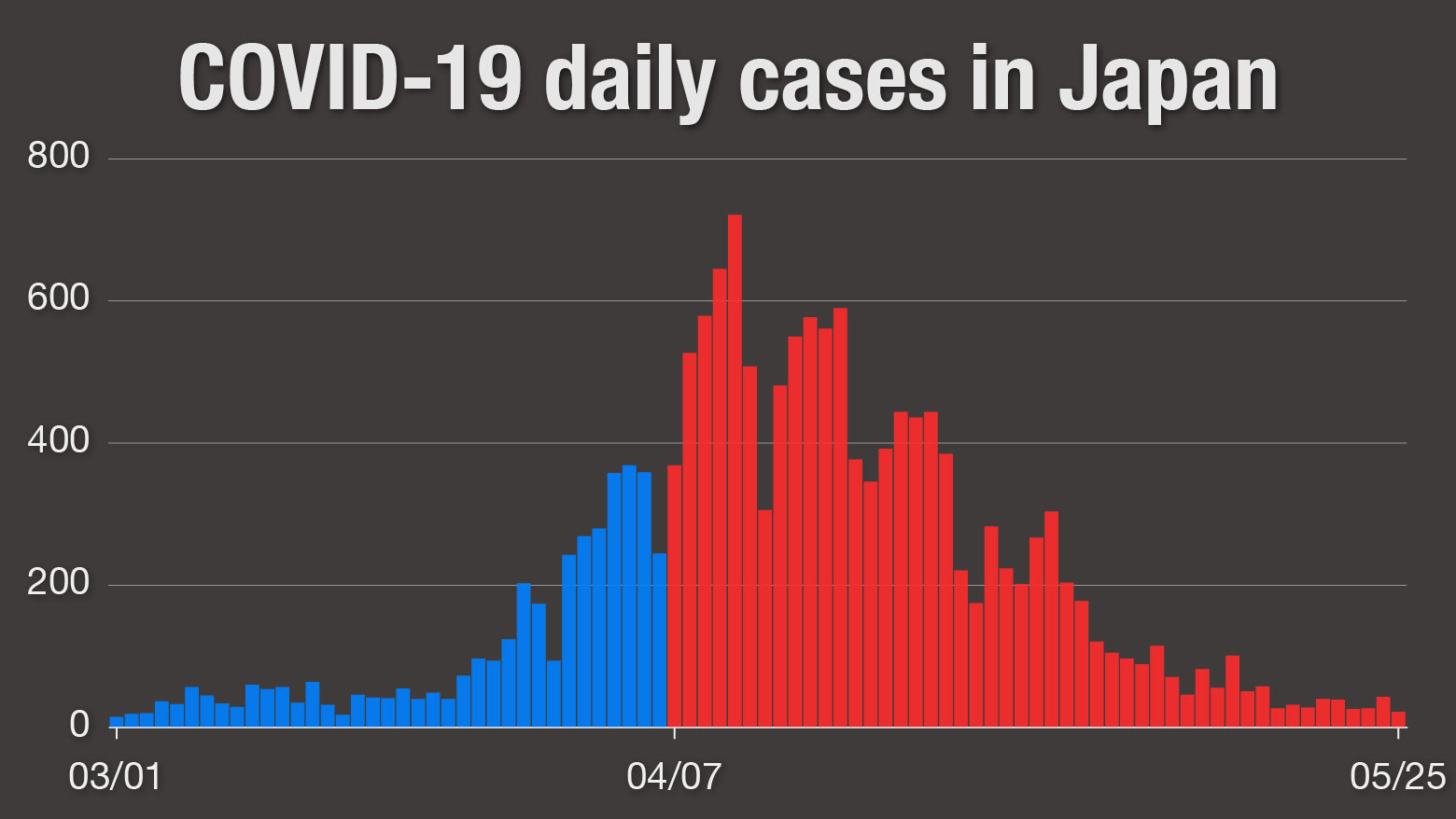In Tokyo, the number of new infections over the past week was below 0.5 per 100,000 people, fulfilling one of the criteria for lifting the emergency declaration. Neighboring Chiba and Saitama prefectures also met the requirement.
Kanagawa and Hokkaido prefectures were above the mark, but the government says health authorities there have been able to trace the infection routes in enough of the cases for the situation to no longer be deemed an emergency. Officials add that the prefectures all have adequate medical facility capacity and healthcare staff to handle additional infections.
“We have set some of the strictest criteria in the world,” Prime Minister Abe Shinzo said during Monday’s announcement. “We concluded that all prefectures across the country have met these standards.”
Japan confirmed its first coronavirus case on January 15th, but it wasn’t until late March that the number of infections started to increase. The government declared a state of emergency for seven prefectures, including Tokyo and Osaka, on April 7th, later expanding it to cover the entire country.
An emergency declaration gives prefectural governors the authority to ask residents to refrain from non-essential excursions and to request school and business closures. However, unlike similar orders in France and Italy, Japan’s measure has no legal weight and cannot be enforced.

The government has announced a roadmap for the resumption of social and economic activities once the state of emergency is lifted.
People are still being urged to refrain from non-essential travel between prefectures until the end of May. And the government is asking people to take extra precautions when traveling to and from Tokyo, Kanagawa, Saitama, Chiba and Hokkaido through June 18th. These are the prefectures where the state of emergency was lifted last.
Professional baseball and soccer leagues will be allowed to start playing on June 19th behind closed doors. The number of spectators will be gradually increased, and on August 1st, the government will allow all sporting events to take place in the presence of crowds, as long as attendance is limited to half capacity.
Karaoke parlors and gyms will be allowed to reopen on June 1st, with controls on the number of customers. However, live music and nightlife venues, including clubs and hostess bars, will be asked to remain closed for the time being, as experts explore suitable infection prevention measures. These establishments are expected to be allowed to reopen around June 19th at the earliest.
The government plans to relax restrictions at three-week intervals, while evaluating the extent of infections and the risk of resurgence in different parts of the country.
“If we continued these strict measures, our everyday lives would’ve been completely disrupted,” Abe said. “From now on, we just have to think about how we can conduct business and live normal lives while still controlling the risk of infection.”

